Ketogenic Diet Has Multiple Benefits
One of the fastest growing dietary trends today is the ketogenic diet. It involves very low intake of carbohydrates, moderate intake of protein, and a high intake of fat. It is not new, but most people were not aware of it, until recently. The origins go back thousands of years as it was observed that fasting had certain health benefits. This was revived in the early 1900’s. In the 1920’s, the observation that high-fat diets, without the carbohydrates, had similar benefits as fasting, primarily as a medical treatment for seizures. It turns out it is very brain friendly and is the basis for reversing or preventing dementia (See our articles on Brain Health). In Fat for Fuel, Joseph Mercola discusses how a ketogenic diet is also very effective for weight loss, chronic inflammatory conditions like arthritis and some have found it useful in the battle against cancer. Type 2 diabetes may also be reversible if caught in time.
Choose your fuel
Your body can only burn two types of fuel: carbohydrates (sugar and starches, which turn into sugar) and fat. Since sugar is easily burned, it is usually our primary fuel. However, excess calories are stored as fat, as it is a more efficient, cleaner burning fuel. As fat is readied to be

used as fuel, it is broken down into smaller particles known as ketones, also called ketone bodies. This is where the term ketogenic comes from as this diet generates ketones and causes fat to burn. Ketosis refers to the state of the body when there are ketone bodies in the blood and urine, indicating that the body is in fat burning mode. These ketones are a particularly efficient fuel for the brain.
Sugar blues
It is estimated as much as half our society, is prone to metabolic problems with sugar. It often starts with hypoglycemia (low blood sugar). The body over produces insulin (the hormone that lowers blood sugar) and drives the sugar too low. This drives the brain to signal the person to eat more. Eating sugar quickly relieves the symptoms of shakiness, confusion, or faintness, but then causes the body to release more insulin and the process starts all over again. This puts the body on a sugar roller coaster. Eventually, to protect itself from this pattern, the body develops resistance to the insulin, blunting the symptoms, but as the sugar keeps coming in, the insulin spikes even higher, trying to overcome the resistance, and the pattern goes on. If this goes on for years, the person eventually becomes unable to lower the sugar as the insulin resistance grows and this can result in diabetes. High insulin levels are associated with weight gain and elevated triglycerides (blood fat) and an increased risk of heart disease and hypertension.
Hope
There is hope for this metabolic conundrum, and diabetes and the other complications can be avoided. It involves changing the diet. If fat is the primary fuel, and the sugar stops coming in all day lon g, eventually the insulin resistance starts to decline. On a low carbohydrate diet, there are no sugar spikes to trigger the high insulin levels, and without the high insulin levels, the resistance is not required to protect the body. This is why the ketogenic diet is so effective to overcome this metabolic problem. There is no excess sugar to turn into body fat, and the body is now in fat-burning mode, so the weight can start to come off. The fat in the diet makes it very satisfying, so hunger and food cravings drop off. This makes it a popular and effective weight loss plan.
g, eventually the insulin resistance starts to decline. On a low carbohydrate diet, there are no sugar spikes to trigger the high insulin levels, and without the high insulin levels, the resistance is not required to protect the body. This is why the ketogenic diet is so effective to overcome this metabolic problem. There is no excess sugar to turn into body fat, and the body is now in fat-burning mode, so the weight can start to come off. The fat in the diet makes it very satisfying, so hunger and food cravings drop off. This makes it a popular and effective weight loss plan.
Getting started on the Ketogenic diet
There are various types of low carb diet, such as Atkin’s, Paleo, and various forms of fasting and calorie restriction, but in this article, we will focus on the ketogenic diet. For simplicity, I will outline a basic guideline to get you started.
- Start by cutting out the refined sugars while cutting back on grain-based products.
- Increase the healthy fats gradually.
- Start eating fresh, whole foods and eliminate highly processed foods.
- Look for recipes, make some meal plans, and stock up on the right foods.
- Clean out your kitchen of foods that would trip you up.
- Learn to weigh and measure and record your food intake.
A smartphone app is handy for recording what you eat, and I like MyFitnessPal by UnderArmour. You can also use computer programs, like Cronometer.com. The idea is to understand exactly how many grams of fat, protein, and carbohydrates, and how many calories you are consuming each day. This is tedious at first, but soon patterns emerge and it gets easier. My phone app remembers recipes and meals that I have recorded previously. A digital food scale and a set of measuring spoons and cups are necessary for accurate measurements. Eyeballing it may work once you are very used to this, but 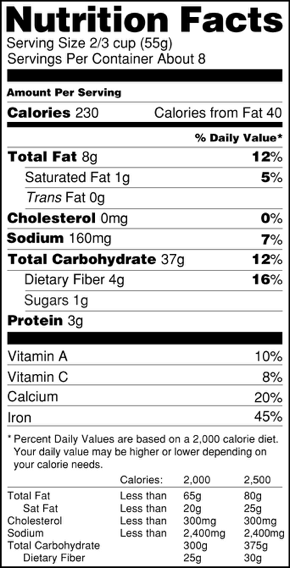 measuring is critical to your success as you start on this journey.
measuring is critical to your success as you start on this journey.
You won’t get into ketosis right away but these are the first steps to get started. When you have gotten some of these basics down, you are ready to go for ketosis. Some will need a couple of weeks of preparation if you have been on a heavy carbohydrate diet.
Restrict carbohydrates
Start by eliminating the refined, processed sugars. This includes the products that contain them, such as soft drinks, candy, and the majority of processed foods. Start reading labels and you will be shocked at how much sugar is found in foods. The picture of the standard food label shows you that this information is on all packaged food. Start by looking at the total carbohydrates. This number is composed of the starches, sugar, and fiber. Then under that, the label lists the dietary fiber and the sugars. In this label, there are 37 grams of total carbs, 4 grams of fiber, and 1 gram of sugar. That means there are 32 grams of starch which makes up the rest of the carbohydrates. Fresh foods, like a banana or tomato, will not have these labels, the information for these can be found in your food tracking app or program. You will be surprised at how much naturally occurring sugar is in your food. There will be plenty of carbohydrates without adding sugar to foods.
Understanding Net Carbs
One basic thing you need to understand is the term net carbs. Starch, sugar, and fiber will be counted as carbohydrates, but only sugar and starch can be burned for fuel. Fiber does not have to be restricted as it is beneficial. Fiber may pass through undigested and serve as roughage for the bowel or be broken down by gut bacteria and used as food for them. Net carbs refers to total carbohydrates minus the fiber. For example, an ounce of peanuts contains 4 grams of carbohydrates, but there are 2 grams of fiber, so there are only 2 grams of net carbs. In the food label above, subtract the 4 grams of fiber from the total of 37 grams of carbs and you have 33 grams of net carbs.
Why do we have to measure net carbs? In order to get into metabolic ketosis, a fat burning state, we have to get our net carbs low enough. For most people, this will be below 50 grams of net carbs per day. There are even recommendations out there to go down to 20-30 grams of net carbs per day. But I recommend a kinder, gentler approach by starting with 50 and if you are not in ketosis, you can gradually lower the net carbs until ketosis is achieved. Starting at 20 grams can also be so restricting that many will become discouraged and quit before getting the benefits.
Choose vegetables
Replace the processed foods with whole, fresh foods, like vegetables and berries. A healthy ketogenic diet includes a healthy dose of vegetables every day. Most vegetables are relatively low in carbs and high in nutrients and fiber. For example, a 100 grams (about 3.5 oz.) serving of broccoli has 6 grams of carbohydrate and 3 gram of fiber. The same weight of carrots has 8 grams of carbs and 3 grams of fiber. Only one ounce of corn flakes has 24 grams of carbohydrates and 1 gram of fiber. Blueberries have 14.5 grams of total carbs and 2.4 grams of fiber in a 100-gram serving, so eat the berries and skip the cereal. The nutritional content will also excel with the blueberries or broccoli compared to the corn flakes. Start reading those labels or look it up.
includes a healthy dose of vegetables every day. Most vegetables are relatively low in carbs and high in nutrients and fiber. For example, a 100 grams (about 3.5 oz.) serving of broccoli has 6 grams of carbohydrate and 3 gram of fiber. The same weight of carrots has 8 grams of carbs and 3 grams of fiber. Only one ounce of corn flakes has 24 grams of carbohydrates and 1 gram of fiber. Blueberries have 14.5 grams of total carbs and 2.4 grams of fiber in a 100-gram serving, so eat the berries and skip the cereal. The nutritional content will also excel with the blueberries or broccoli compared to the corn flakes. Start reading those labels or look it up.
Miss the Sweets?
You may go through some sugar withdrawals if you have been eating a high sugar diet. This could manifest as some headaches, irritability, and fatigue. Don’t give up, it only last a few days and when you hit ketosis, your energy levels return or increase and your appetite will fade.
What about when you need a sweetener for coffee or tea? The better choice is natural nonnutritive, but sweet tasting, sweeteners that come from herbs or fruits. These include stevia, erythritol, xylitol, and monkfruit. These can be helpful when something needs a touch of sweetness to be palatable. If you are careful with your carbs throughout the day, you may be able to have a teaspoon or less of honey or maple syrup. These are more naturally occurring. Avoid manmade sweeteners like aspartame, sucralose, Equal, Nutrisweet, Splenda, Saccharin as they present health hazards of their own. Maria Emmerich has a great coverage of sweeteners in her cookbook, Quick and Easy Ketogenic Cooking.
Limit protein
When you are avoiding starchy foods, it is easy to just go for a lot of protein foods, but there is a problem  with that. Excess protein can be turned into sugar by your liver through a process called gluconeogenesis. This can account for some people failing to lose much weight. The excess protein can also put an extra burden on the kidneys and liver. We need protein to use as building blocks and to spare our muscles as we lose weight. One way to do this is to aim for about 20% of you caloric intake to come from protein. Another way it to find out what your ideal lean body mass would be and eat about 1-2 grams of protein per kilogram of lean body mass each day.
with that. Excess protein can be turned into sugar by your liver through a process called gluconeogenesis. This can account for some people failing to lose much weight. The excess protein can also put an extra burden on the kidneys and liver. We need protein to use as building blocks and to spare our muscles as we lose weight. One way to do this is to aim for about 20% of you caloric intake to come from protein. Another way it to find out what your ideal lean body mass would be and eat about 1-2 grams of protein per kilogram of lean body mass each day.
Eat fat!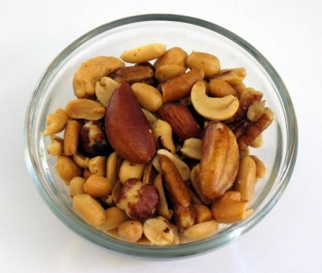
Once you are ready to go for ketosis, you will aim for about 60-75% of your calories coming from fats, but not just any fats. Some fats easily oxidize and become inflammatory. The most commonly used vegetable oils used in most boxed foods and baked goods are either heat processed or hydrogenated. This processing increases the inflammatory tendencies in these oils. Those should be avoided. The fats listed in the table below are some healthy sources. You can eat some bacon, but that is not a staple.
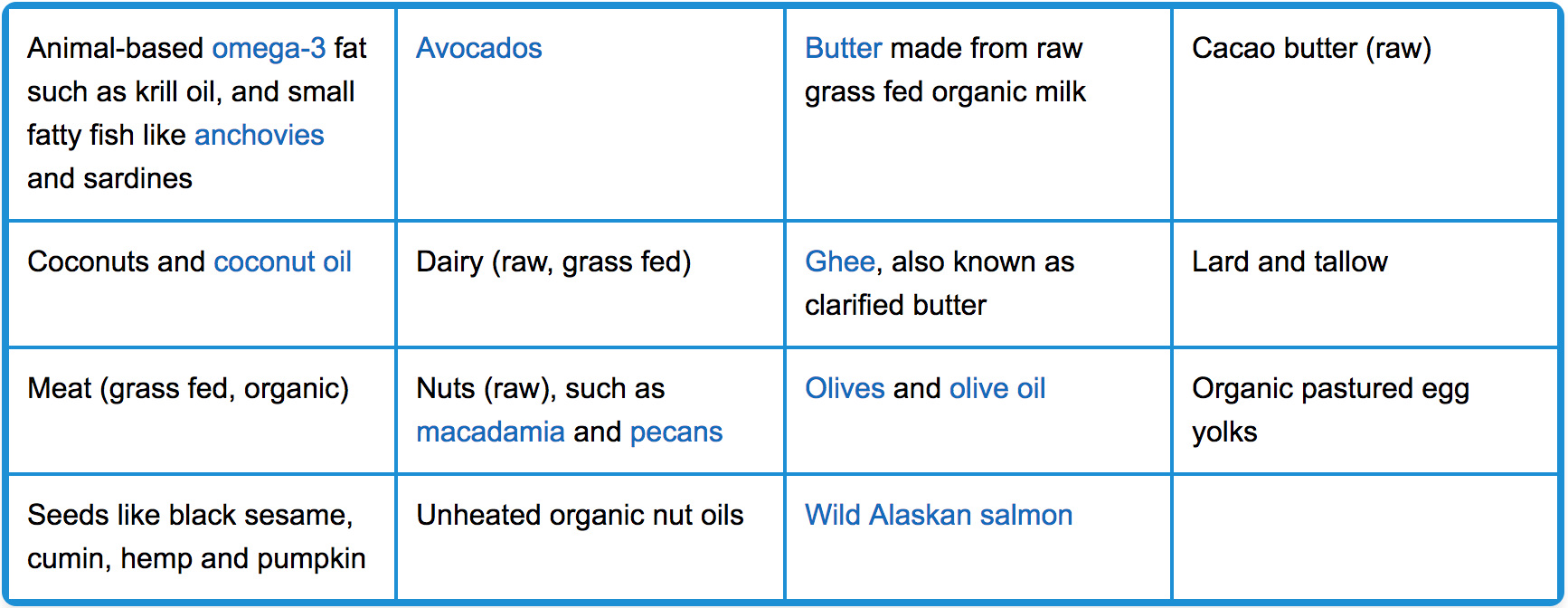 Courtesy of: https://articles.mercola.com/sites/articles/archive/2017/09/23/ketogenic-diet-epilepsy-treatment.aspx
Courtesy of: https://articles.mercola.com/sites/articles/archive/2017/09/23/ketogenic-diet-epilepsy-treatment.aspx
How do you know if you are in ketosis?
The simplest way is to step on the scale. If the pounds are dropping, you are burning fat. There are more 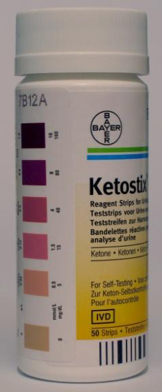 scientific ways of measuring ketones.If you are following this diet for weight loss, you may find it useful to check your urine with Ketostix that you can obtain at most pharmacies. You either collect a urine sample and dip the test strip in it, or simply hold the strip in the urine stream while urinating. The bottle has instructions that tell you how long you wait for the color on the test strip to develop, usually 15 seconds. Then you compare the test strip to the color chart on the bottle. It will either be negative or correspond to a color that will tell you what degree of ketosis you are in. You can test any time of the day, but a lot of people like to test first thing in the morning after their overnight fast.
scientific ways of measuring ketones.If you are following this diet for weight loss, you may find it useful to check your urine with Ketostix that you can obtain at most pharmacies. You either collect a urine sample and dip the test strip in it, or simply hold the strip in the urine stream while urinating. The bottle has instructions that tell you how long you wait for the color on the test strip to develop, usually 15 seconds. Then you compare the test strip to the color chart on the bottle. It will either be negative or correspond to a color that will tell you what degree of ketosis you are in. You can test any time of the day, but a lot of people like to test first thing in the morning after their overnight fast.
Other methods of testing may be needed if you are prescribed ketosis for a medical condition, such as epilepsy or dementia, or if you want to get very serious about your diet. There are test strips designed for blood that can test sugar and ketones. The finger is pricked and a drop of blood is put onto the test pad and it is placed in a meter which gives you a digital reading. These strips are more expensive and many people don’t like pricking their finger. But if you are diabetic and need to test your blood sugar, this could be combined. A breathalyzer that measures acetone, a ketone body, is available. The initial cost is higher, but there are no strips to buy and it only involves a breath sample. Dr. Joseph Mercola covers these options in detail in his book, Fat for Fuel.
How long do you stay on it?
If you are trying to lose some weight, you may stay on it just until you have reached your goal, then gradually raise your carbohydrates until you find a good maintenance level.
If you go back to your old sugar and grain laden diet, the chances are pretty high that you will gain your weight back and then some. Many people will find ketosis a very healthy state and choose to stay on this diet long term. If you are on it because of diabetes, dementia, cancer, or a number of other medical conditions, or for prevention of health problems, you will need to consider it a long-term lifestyle.
If you are on it more than a few weeks, you will need to cycle your ketosis. This means that once a week or so, you will increase your carbohydrates, to maybe double your usual limit for a day. This reminds your metabolic monitors that you are not really starving and keeps your body from conserving too extremely.
Are there Problem or complications?
The most common side effect is constipation. This can be overcome easily with fluids and fiber, unless complicated by constipating medications. Occasionally, there is nausea or vomiting, but not usually at the macronutrient levels recommended here. There are some contraindications, such as rare genetic metabolic disorders, such as porphyria and carnitine shuttle deficiencies. There are other relative contraindications if someone is in very poor health, pregnant, has gallbladder disease, has some thyroid diseases, or a history of pancreatitis or kidney disease. These individuals need to be under the care of a provider familiar with the ketogenic diet and discuss the benefits and risks. Some get confused and think that ketosis is the same as diabetic ketoacidosis, but these are two different conditions. Ketosis does not put most people into acidosis, but the provider needs to be familiar with the medical history and the current medications to make a determination about the safety. For the majority of people, the benefits outweigh the risks, but there are a few for whom that it’s not the case.
Is this for you?
If you need to lose weight and have medical concerns, such as inflammation in your joints, brain fog, or low energy, consider looking into the ketogenic diet. For many of you, this will be the answer to your weight loss difficulties. If you have concerns, talk to a knowledgeable provider about it.
More resources to consider
This article is just an introduction and there are many websites and whole books now dedicated to paleo and ketogenic diets. Just Google “ketogenic diet” or “ketogenic diet recipes” and you will find many articles. You can even get specific with a certain kind of food or recipe and see what comes up.
Here are some other resources to check out.
Fat for Fuel by Dr. Joseph Mercola, available on Amazon or http://www.fatforfuel.org/
This is a video that covers some of the science behind the ketogenic diet. It is only about 15 minutes and holds your attention.https://youtube/Dan8qtgQRi8
Maria Emmerich has a great website and several ketogenic cookbooks
Here are a few more websites for recipes and more information:
https://www.dietdoctor.com/low-carb/recipes
http://drjockers.com/category/recipes/
Not sure if the Ketogenic Diet is right for you? Need help getting started?
Call for a free 15-min Consultation
What do you think of the Ketogenic diet? Do you know anyone who has benefitted from a ketogenic diet? Share your thoughts below




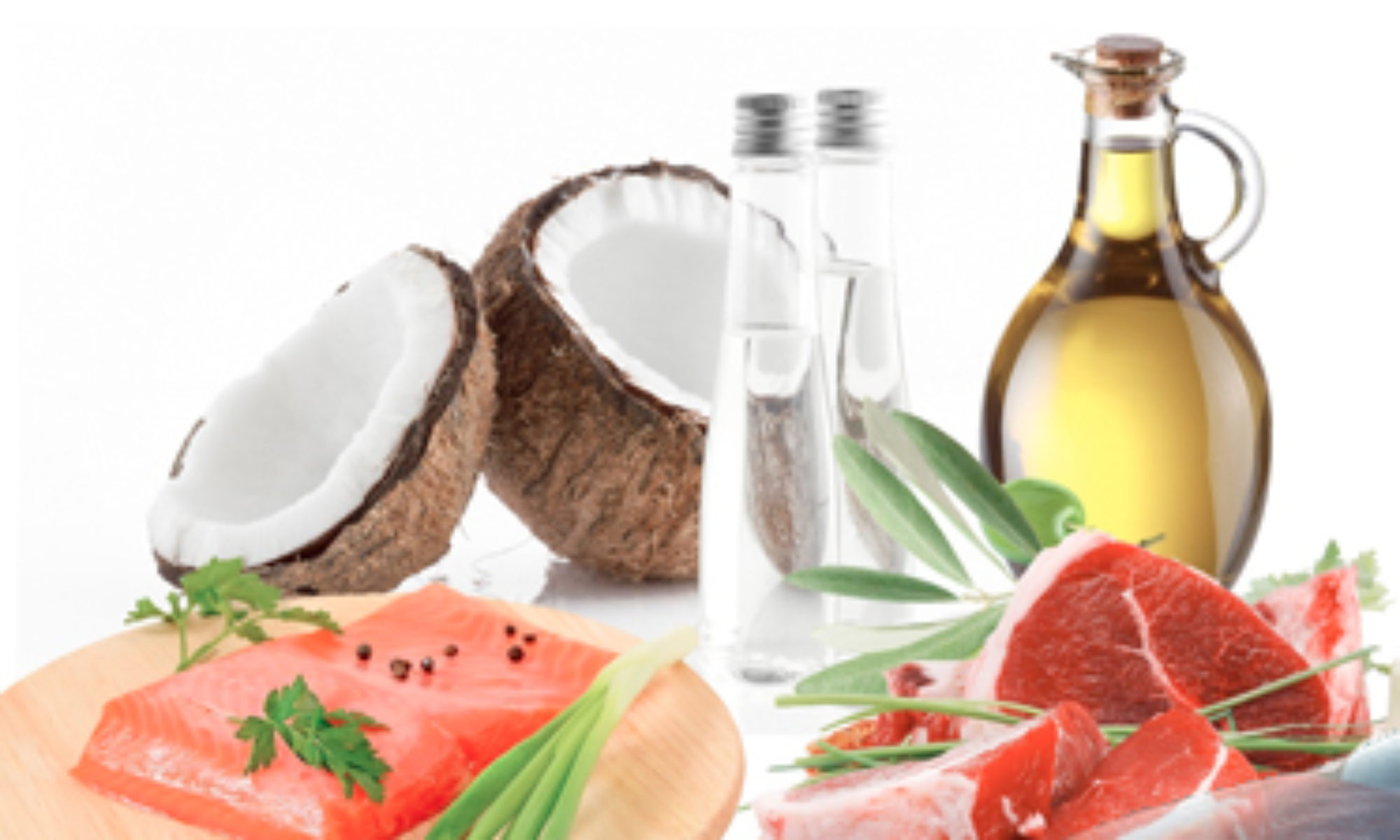
Great information. Thanks!